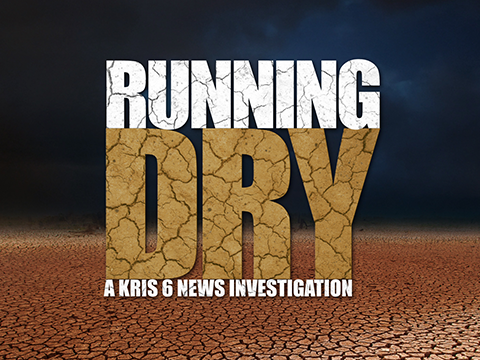The red snapper season is just around the corner, and scientists atTexas A&M University-Corpus Christi will be looking to anglers for a little help.
They will be tagging the fish and some will carry $250 and even $500 worth of tags.
The $12 million Great Red Snapper Count study also involves visual counts, habitat surveys, and other studies.
“It’s essentially estimating the abundance of red snapper in the Gulf of Mexico. The red snapper is iconic fishery; it is the most economic importance fin fishery in the Gulf. Butinterestingly enough, we don’t really know how many red snapper are out there, and that hinders management,” said Texas A&M University-Corpus Christi Harte Research Institute Sportfish Center Director Greg Stunz.
Scientists plan to tag anywhere from 3,000 to 5,000 red snapper during April and May.
“We are leading this study, but it’s a group of 21 scientists from 11 institutions, really the top red snapper researchers from across the Gulf of Mexico that are experts in their region,” said Stunz.
Each tag will be worth $250. Some fish will carry two tags, to help scientists learn how many of the tags fall out. Those are the potential $500 fish.
“We are offering these high rewards because we really want to get this information back. But it also helps anglers to pay for their trip that day, and it’s a nice little reward for contributing to science,” said Stunz.
How do anglers get the reward?
“What we are looking for is a reward number, and they can either go on our web page or call us. We want them to snip the tag and return the tag to claim the reward,” said Stunz.
Scientists expect about 10 percent of the tagged fish to be caught when red snapper season begins June 1. The study will bewrapped up in about a year.
Each has a yellow plastic insert bearing a five-digit tag number starting with the letters RS, and the words “Reward $250. Keep tag” and a phone number to call.
To get the reward, anglers need to report the fishing port from which they departed, the date the fish was caught, the fish’s length and weight, the fish’s tag number, and the latitude and longitude where it was caught.
The tag itself should also be mailed in, and researchers may accept photographs.
Congress allocated $9.5 million for the red snapper study, with the universities involved contributing $2.5 million.
Overfishing and incidental catch in shrimp trawls caused red snapper numbers to plummet disastrously from the 1960s to late 1980s.
Since federal regulation of the catch began in 1990, numbers have rebounded. But in recent years the recreational season got shorter and shorter. Many anglers say federal estimates are too low and seasons too short.
The problem, according to NOAA Fisheries, was that recreational anglers regularly caught far more than the quotas set by the Gulf Coast Fishery Management Council.
An overage for one season meant fewer days for the next. State agencies said NOAA was using bad data.
In response, the Trump administration extended a three-day federal season in 2017 for an additional 39 weekend days, and in 2018 created a two-year experiment in which states would open and close their recreational seasons.
You can learn more by visiting the Sportfish Center website at SportfishCenter.org.

